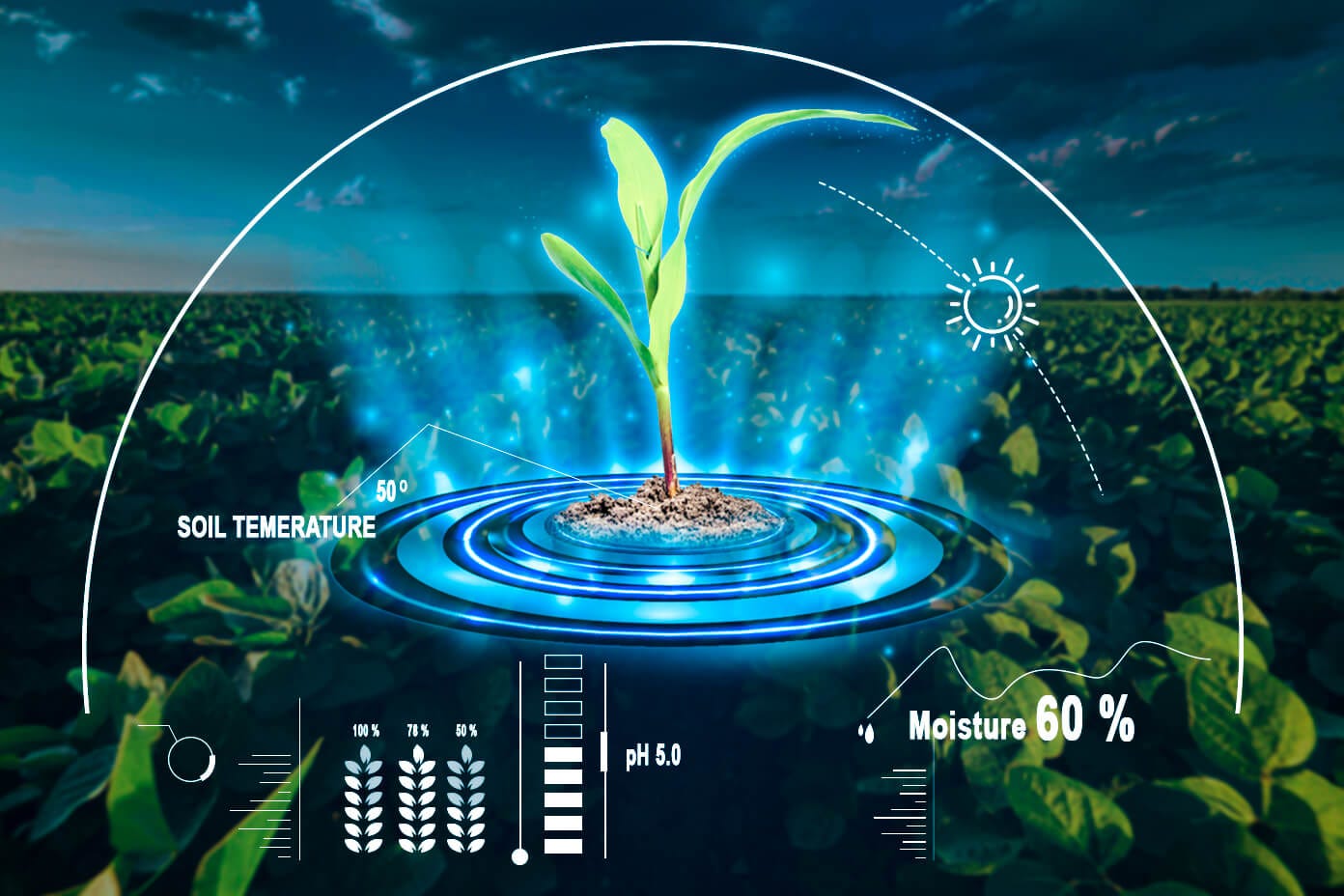
Introduction:
Agriculture has been the backbone of human civilization for millennia, providing food, fiber, and livelihoods to billions. However, as the global population continues to grow, projected to reach nearly 10 billion by 2050, the agricultural sector faces unprecedented challenges. Climate change, resource scarcity, and the need for sustainable practices have made it imperative to rethink traditional farming methods. Enter Agritech—agricultural technology—a rapidly evolving field that leverages innovation to address these challenges and transform the way we produce food.
Agritech encompasses a wide range of technologies, from precision farming and automation to biotechnology and data analytics. These innovations are not only increasing agricultural productivity but also promoting sustainability, reducing environmental impact, and ensuring food security for future generations.
Precision Farming: The Future of Agriculture:
One of the most significant advancements in Agritech is precision farming. This approach uses data-driven tools such as GPS, sensors, drones, and satellite imagery to monitor and manage crops with unparalleled accuracy. Farmers can now analyze soil conditions, moisture levels, and crop health in real-time, enabling them to make informed decisions about irrigation, fertilization, and pest control.
For example, drones equipped with multi spectral cameras can detect early signs of disease or nutrient deficiencies in crops, allowing farmers to take targeted action before problems escalate. Similarly, smart irrigation systems use weather forecasts and soil moisture data to optimize water usage, reducing waste and conserving this precious resource. By minimizing inputs and maximizing outputs, precision farming not only boosts yields but also reduces the environmental footprint of agriculture.
Automation and Robotics: Redefining Labor-Intensive Tasks:
Labor shortages and rising costs have long been challenges in agriculture, particularly in labor-intensive sectors like fruit picking and dairy farming. Agritech is addressing these issues through automation and robotics. Autonomous tractors, robotic harvesters, and milking machines are increasingly being adopted to streamline operations and reduce reliance on manual labor.
Robotic systems are also being developed for delicate tasks such as pruning, weeding, and even pollination. For instance, robotic bees are being tested as a potential solution to the decline in natural pollinator populations. These innovations not only improve efficiency but also enhance the quality and consistency of agricultural products.
Biotechnology: Enhancing Crop Resilience and Nutrition:
Biotechnology is another cornerstone of Agritech, offering solutions to some of the most pressing challenges in agriculture. Genetic engineering and CRISPR gene-editing technologies are being used to develop crops that are more resistant to pests, diseases, and extreme weather conditions. For example, drought-tolerant maize and flood-resistant rice are helping farmers adapt to the impacts of climate change.
Biotechnology is also being used to enhance the nutritional value of crops. Bio fortified crops, such as vitamin A-enriched sweet potatoes and iron-rich beans, are addressing malnutrition in developing countries. By improving crop resilience and nutrition, biotechnology is playing a crucial role in ensuring food security and improving public health.
Data Analytics and AI: Unlocking the Power of Big Data:
The agricultural sector generates vast amounts of data, from weather patterns and soil conditions to market trends and consumer preferences. Agritech is harnessing the power of data analytics and artificial intelligence (AI) to turn this information into actionable insights. AI-powered platforms can predict crop yields, optimize supply chains, and even forecast market demand, helping farmers make smarter decisions.
For instance, machine learning algorithms can analyze historical data to identify patterns and predict the best planting times or crop varieties for a given region. Similarly, blockchain technology is being used to create transparent and traceable supply chains, ensuring food safety and building consumer trust.
Sustainable Agritech: Balancing Productivity and Environmental Stewardship:
As the world grapples with the dual challenges of feeding a growing population and protecting the planet, sustainability has become a central focus of Agritech. Vertical farming, for example, uses controlled environments and hydroponic systems to grow crops with minimal water and land use. This approach is particularly promising for urban areas, where space is limited, and the demand for fresh produce is high.
Agritech is also promoting regenerative agriculture practices, such as cover cropping, crop rotation, and no-till farming, which improve soil health and sequester carbon. By integrating technology with sustainable practices, Agritech is helping to create a more resilient and environmentally friendly food system.
The Road Ahead:
While Agritech holds immense promise, its widespread adoption faces several challenges. High upfront costs, limited access to technology in rural areas, and the need for digital literacy among farmers are significant barriers. Governments, private companies, and research institutions must work together to address these challenges and ensure that the benefits of Agritech are accessible to all.
Conclusion:
In conclusion, Agritech is revolutionizing agriculture, offering innovative solutions to some of the most pressing challenges of our time. By embracing these technologies, we can create a more productive, sustainable, and equitable food system that meets the needs of both present and future generations. The future of farming is here, and it is powered by technology.



